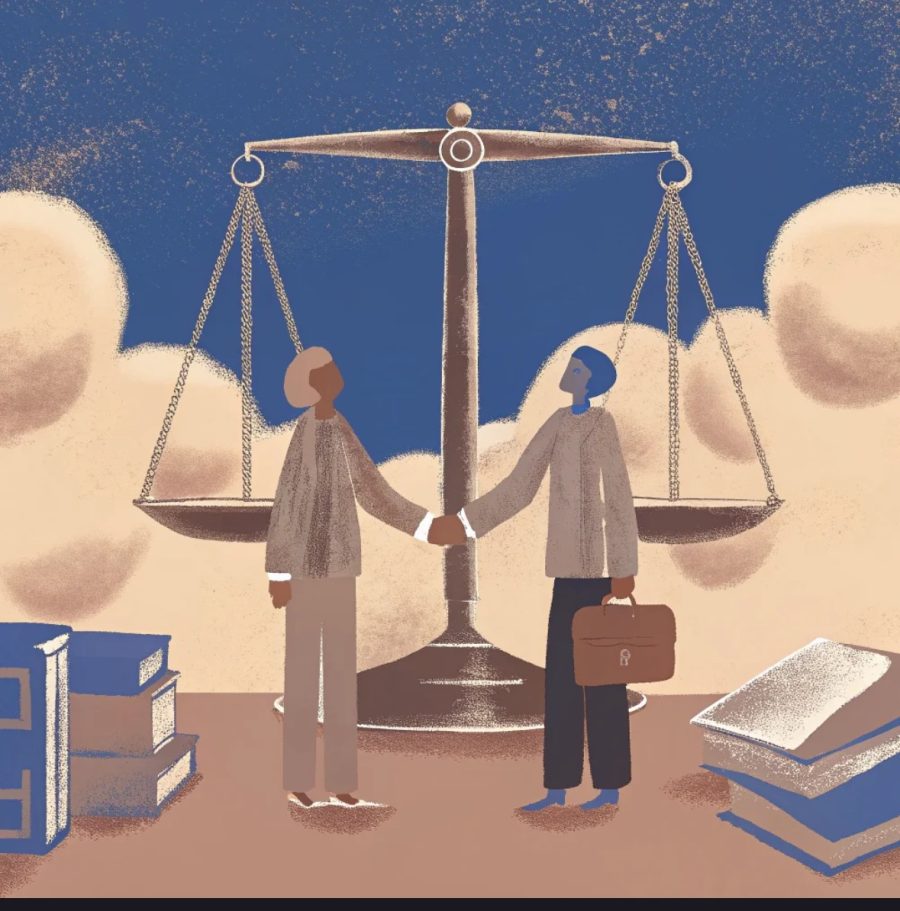In an era of information overload, we often assume that “news is fact”. However, in “Manufacturing Consent” (Herman & Chomsky, 1988), the two authors remind us that the media is not neutral but operates within a political-economic structure where certain information is more likely to be amplified while others are quietly suppressed. This structural bias may “manufacture” social consensus.
The “Propaganda Model” is the key to understanding this process. The author points out that the media is influenced by five types of forces:
- Ownership and commercial interests: Large media often belong to enterprise groups and are naturally more inclined to narratives that align with their own interests.
- Advertisers: Media are highly dependent on advertising revenue, and thus will avoid topics that touch the interests of advertisers.
- Reliance on information sources: In order to produce news quickly, journalists often rely on official institutions such as the government and enterprises to provide information, giving the voices of the power sides a natural advantage.
- “Counterattack mechanism” : Complaints from interest groups, threats to remove advertisements, etc., will make the media more cautious on sensitive issues.
- Ideological filter: The “anti-communist” during the Cold War era, as well as the current “anti-terrorism” and “national security”, may all serve as screening frameworks for certain narratives.
These filters are not manipulated by conspiracy, but structurally affect the path of news from “occurrence” to “presentation”, gradually forming the framework of public perception.

The most classic example in the book comes from the comparison of the number of reports of violent incidents in different countries during the Cold War.
Some countries that serve the interests of the West, even if there are serious human rights violations, receive less negative coverage. Countries that conflict with the policy goals of the West will be highly magnified for their violence or chaos. The author demonstrates through a large number of news comparisons that the media’s choice of prioritized events is itself a kind of “construction”.
This model has both influence and controversy in the academic circle.
Supporters believe that it explains the deep relationship between the media and the political and economic structure. Critics, however, argue that it underestimates the subjectivity of journalists and is difficult to verify through strict statistical methods. Even so, “creating consensus” still provides an extremely insightful framework for understanding media biases.
In the era of social media, the promotional model has not become outdated; instead, it has been further magnified.
Algorithmic recommendation, the advertising business model of the platform, and the content review mechanism constitute a new filter. The more information you come across, the more similar content the platform will push, making it harder for you to break out of the “algorithmic information cocoon”. This is also the reason why many scholars call it “Publicity 2.0”.
What can we do?
The simplest way to start is to develop an information habit of “multi-source + reflection” :
- Compare the narratives of multiple media outlets: Select at least two reports from different positions or sources to see who emphasizes what and ignores what.
- Check the “experts” and the source of the data: Many experts come from specific think tanks or institutions, and the source can help understand their viewpoint tendencies.
- Pay attention to people and Voices that don’t Appear in the news: Who disappears in the reports? Whose viewpoint has never been cited?
- Avoid being led by the title: Titles often convey a stance. Click to read the original text, especially the key paragraphs and data sections.
- Pay attention to the “push logic” of the platform: When you see too much similar content, actively search for opposite or neutral viewpoints to break out of the algorithmic cocoon.
- Be sensitive to “overly consistent” public opinion: It is especially worth looking at alternative information sources when all media are repeating a certain narrative.
- Establish your own “information list” : Regularly focus on several types of sources – mainstream media, international media, independent media, professional institutions and original data sources.
These methods are not complicated, but they can gradually transform us from “passive recipients of information” to “active filters and judges”.
Reference:
Herman, E.S. and Chomsky, N. (2008) Manufacturing consent : the political economy of the mass media. Anniversary edition / with a new afterword by Edward S. Herman. London: Bodley Head. Available at: http://www.vlebooks.com/vleweb/product/openreader?id=WestminUni&isbn=9781407054056.
Herman, E.S. (2000) ‘The Propaganda Model: a retrospective’, Journalism studies (London, England), 1(1), pp. 101–112. Available at: https://doi.org/10.1080/146167000361195.
MacLeod, A. (2019) ‘Assessing the strength of the five filters today’, in A. MacLeod (ed.) Propaganda in the Information Age. 1st edn. United Kingdom: Routledge, pp. 45–64. Available at: https://doi.org/10.4324/9780429430329-4.
Klaehn, J. (2002) ‘A critical review and assessment of Herman and Chomsky’s “propaganda model”’, European journal of communication (London), 17(2), pp. 147–182. Available at: https://doi.org/10.1177/0267323102017002691.
Boyd-Barrett, O. (2004) ‘Judith Miller, The New York Times, and the propaganda model’, Journalism studies (London, England), 5(4), pp. 435–449. Available at: https://doi.org/10.1080/14616700412331296383.
Pedro-Carañana, J., Broudy, D. and Klaehn, J. (eds) (2018) The propaganda model today : filtering perception and awareness. London: University of Westminster Press.
Benkler, Y., Faris, R. and Roberts, H. (2018) Network propaganda : manipulation, disinformation, and radicalization in American politics. New York, NY: Oxford University Press.
Schudson, M. (2011) The sociology of news. 2nd ed. New York ; W.W. Norton & Co.
Tuchman, G. (1978) Making news : a study in the construction of reality. New York: Free Press.


This post breaks down Herman & Chomsky’s idea perfectly—news goes through structural filters, not some single conspiracy. Those five forces—ownership, advertisers, reliance on official sources, pushback from interest groups, andoversizedg ideological frames—totally align with what I observe in daily news coverage. The Cold War part makes it super concrete: abuses by allies fade into the background, while chaos from opponents gets cranked up. The social media update checks out too—“Publicity 2.0” and algorithms turn feeds into soft echo chambers, where the same tones just loop over and over!